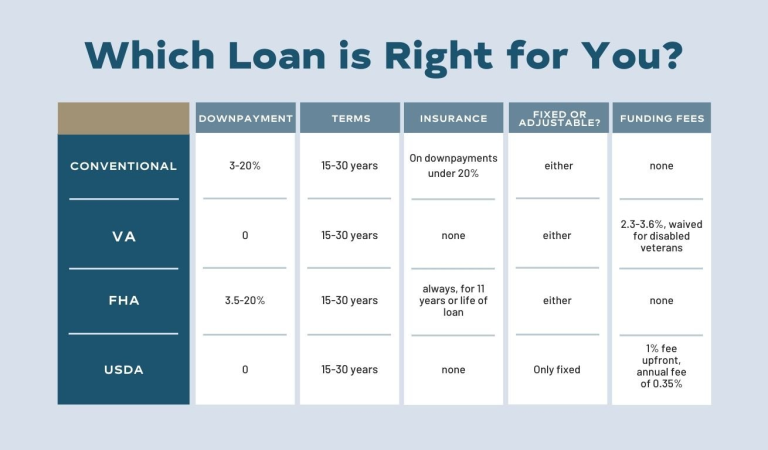A Paradigm Shift in Presentations: AI-Generated Images Adapt Visuals to the Needs of Viewers and Users
In an age where information is so vast and accessible, standing out becomes a matter of not just what you say and how you say it, but also how you visually convey and reinforce your message. As digital personalization permeates every aspect of our lives, AI-generated images are of great interest, offering an unprecedented way to tailor presentations to diverse audiences with unique visual content. This transformative approach to presentation isn’t just changing the digital landscape; This is a real revolution in the field of self-presentation.
Personalized Approach: Creating Visuals That Speak to You
Imagine giving a presentation to potential customers and clients and knowing that every slide, and every image used, was created specifically for you and to represent your interests. This is not a fantasy, this is what is happening now thanks to the integration of artificial intelligence in graphic design. Using AI technology, presenters can raise topics with keywords and even specific audience demographics to create unique images that capture the essence of the subject while appealing directly to viewers’ preferences and emotions.
Take, for example, a recent conference on climate change where the organizer used AI to generate visuals. Each slide featured bespoke images that dynamically illustrated the impact of climate change tailored to the regions represented by the audience members. This personalized approach not only heightened engagement but also fostered a deeper understanding of the content, making the issue more relatable and urgent.
Bridging the Gap: AI Graphics Enhance Accessibility
Accessibility in presentations has often been a challenge, particularly when addressing an audience with diverse cultural backgrounds and learning preferences. AI-generated imagery can bridge this gap. By creating AI graphics that are culturally responsive and tailored to visual learning styles, AI helps in making complex information more accessible and easier to comprehend for everyone.
Consider the global tech firm that leveraged AI to produce graphics for its international product launches. The AI system analyzed demographic data to produce visuals that mirrored the cultural aesthetics and design preferences of each target market. The result was a series of launches celebrated not just for their technological innovation but for their inclusive and engaging presentation style.
Frugal Creativity: Free AI Backgrounds for Every User
The economics of using artificial intelligence tools to create visual effects in presentations cannot be overstated. Traditional graphic design, as we know it and in its form, can be very expensive. Thus, creating one image often requires hours of manual labor and financial investment.
However, with the help of AI, companies and individuals can access a variety of free AI backgrounds and visuals without any additional costs. This democratization of design not only makes the playing field easier for small businesses but also stimulates creativity, allowing users to experiment without any financial restrictions.
It’s not uncommon now for new startups to use free backgrounds created by artificial intelligence for their presentation to investors. By customizing each slide to visually reflect potential market segments, they not only convey their business plan but also demonstrate the scalability and adaptability of their product without incurring the huge costs typically associated with high-end graphic design.
The Future Ahead: Expanding the Horizons of Artificial Intelligence in Visual Communication
Looking to the future, the potential of artificial intelligence in presentations and visual content creation seems limitless. With advances in machine learning and artificial intelligence capabilities, we can expect to see more intuitive systems that understand and predict the best visual strategies to attract different audiences. The evolution of AI-generated images will likely continue and be more complex, with more subtle nuances in cultural representation and emotional resonance. The evolution of AI-generated imagery is likely to continue in sophistication, with finer nuances in cultural representation and emotional resonance.
Moreover, the integration of AI in real-time visual content creation during live presentations could soon become a reality. Imagine AI systems that adjust the visuals based on real-time audience reactions, enhancing engagement and comprehension on the fly. This level of interactivity could redefine the standards of effective communication.
In Conclusion: A Visual Renaissance Powered by AI
The revolution brought about by AI-generated images in presentations is just beginning. As technology advances, the harmony between human creativity and AI capabilities will become tighter, leading to more personalized, engaging, and impactful visual communications. This is not merely a shift in design, but a redefinition of how we connect with information and each other through visuals. As these tools become more accessible and integrated into our daily tools, one thing becomes clear: the future of presentations is bright, and it is vividly AI.
In sum, the integration of AI into the creation of personalized visual content is not just a technological advancement but a cultural shift towards more meaningful and engaging communication. The potential for growth in this area is immense, promising a future where our visual tools are as smart as they are beautiful, making every presentation not just seen, but felt.







